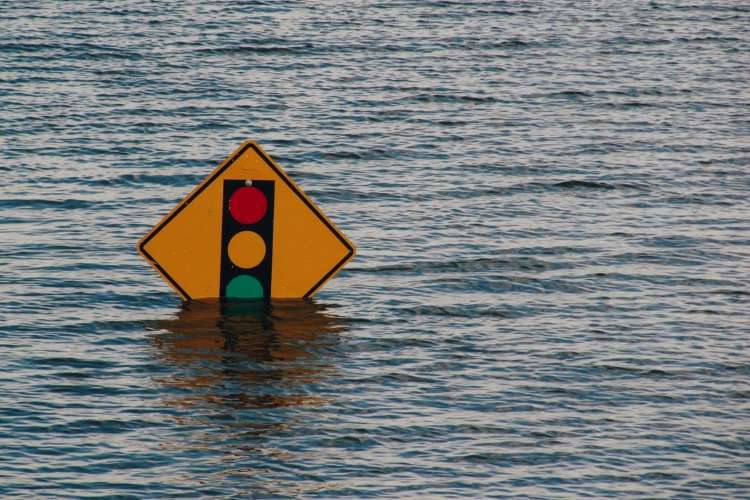WMO highlights Climate Change threat: A report by the World Meteorological Organisation has highlighted once again, the magnitude of the climate crisis, triggered by the high concentrations of heat-trapping greenhouse gases in the atmosphere. The WMO State of the Global Climate 2021 report says the last seven years could be the warmest in recorded history.
The provisional WMO report was released at the beginning of COP26 in Glasgow. The report uses data from multiple United Nations agencies, national meteorological and hydrological organisations and scientists from across the world. The WMO has compiled data on indicators including greenhouse gas emissions, extreme weather events, sea level rise, and glacier retreat.
READ I Climate change: World must accept 2060 net zero deadline
The flagship scientific report will be made available to the negotiators at COP26. During the climate summit, WMO will set up Water and Climate Coalition to facilitate climate action and to improve climate observations and forecasts. The report observes that greenhouse gas concentrations touched new records in 2020. Atmospheric carbon dioxide levels touched 413.2 parts per million, methane (CH4) 1889 parts per billion and nitrous oxide 333.2 ppb. These values represent 149%, 262% and 123% respectively of the pre-industrial levels.
Climate change and extreme weather events
The average global temperature in 2021 was 1.09°C higher than the pre-industrial average. Based on the data till September, the report predicts that the year will be the sixth or seventh warmest year in known history. This is despite temporary cooling brought about by the La Niña factor in the early months of the year. It is estimated that a ninth of the heat accumulated in the planet is absorbed by the oceans. The average temperature in the upper 2000m depth touched a new record high in 2019. The report says a new record could have been achieved in 2020. The oceans have warmed at a fast pace in the last two decades.
READ I India face net-zero pressure at climate change summit
Another issue highlighted in the report is the acidification of oceans because of the absorption of anthropogenic CO2. The pH levels of open ocean surface have been declining in the last four decades. When this happens, the ability of oceans to absorb CO2 declines. The sea levels have been rising because of thermal expansion of water and ice melt in Arctic and Antarctic regions. The sea level rise during the 1993-2002 period was 2.1 mm per year, while the change between 2013 and 2021 was 4.4 mm per year. The ice melt at glaciers and ice sheet accounts for most of this rise.
The biggest threat posed by Climate change is in the form of extreme weather events. Wildfires in northern California, Amazon area, Australia, Algeria, southern Turkey and Greece as well as heat waves across various parts of the world are attributed to the effects of climate change. Henan Province of China, Western Europe and Northern areas of South America experienced heavy rains, leading to unprecedented flooding. Drought in southern Brazil, Paraguay, Uruguay and northern Argentina has affected agriculture output. It also hit hydroelectricity production and river transport.
Another consequence of climate crisis is the growing number of people facing starvation as extreme weather events have led to a collapse of livelihoods in several parts of Asia and Africa. Extreme weather events also lead to the displacement of large number of people every year, the frequency of which has risen in recent years.

